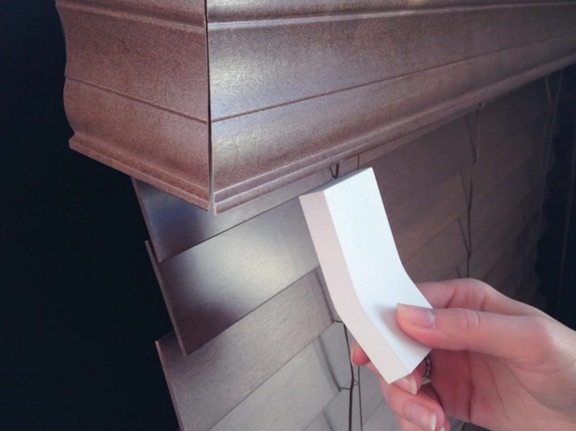The actual product is a tiny piece of white plastic that attaches directly to your blinds and controls them using the built-in mechanism that’s already there. You can set in on a specific schedule, control the blinds from your phone, or let the device adjust automatically based on sunlight, thanks to a built-in light and temperature sensors.
As an extra perk, the company also includes a small solar charger, which means you’ll never have to worry about FlipFlic running out of power. Just stick the charger to your window so it can collect light, connect it to the device and you’re done.
Installation is meant to be as easy as possible. It uses magnets, alleviating any need for you to whip out the toolbox. Once you’re setup, just download the iOS app and load it on your iPhone (we’re told it’s coming to Android soon, too.) FlipFlic can also connect to various smart home hubs, including Samsung’s SmartThings and ZigBee.
The company claims that you may even save some money on your air conditioning bill. If you leave it in automatic mode, the blinds will close on their own when the sun is shining brightest, reducing the need to run the AC as much in the summer. The same feature could also trick potential robbers into thinking you’re still home while you’re away on vacation.
The device currently comes in two different models, depending on whether you have horizontal or vertical blinds, and the company will ask you to specify after the crowd-funding campaign is finished. It’s also working on a third version for blinds that close with a string, but those aren’t ready just yet.
You can pre-order FlipFlic for as little as $60 on Kickstarter, and if you want the solar charger, too, you’ll have to pay $75. The product is set to ship in January but, for $300, you can get a beta version as early as July.














